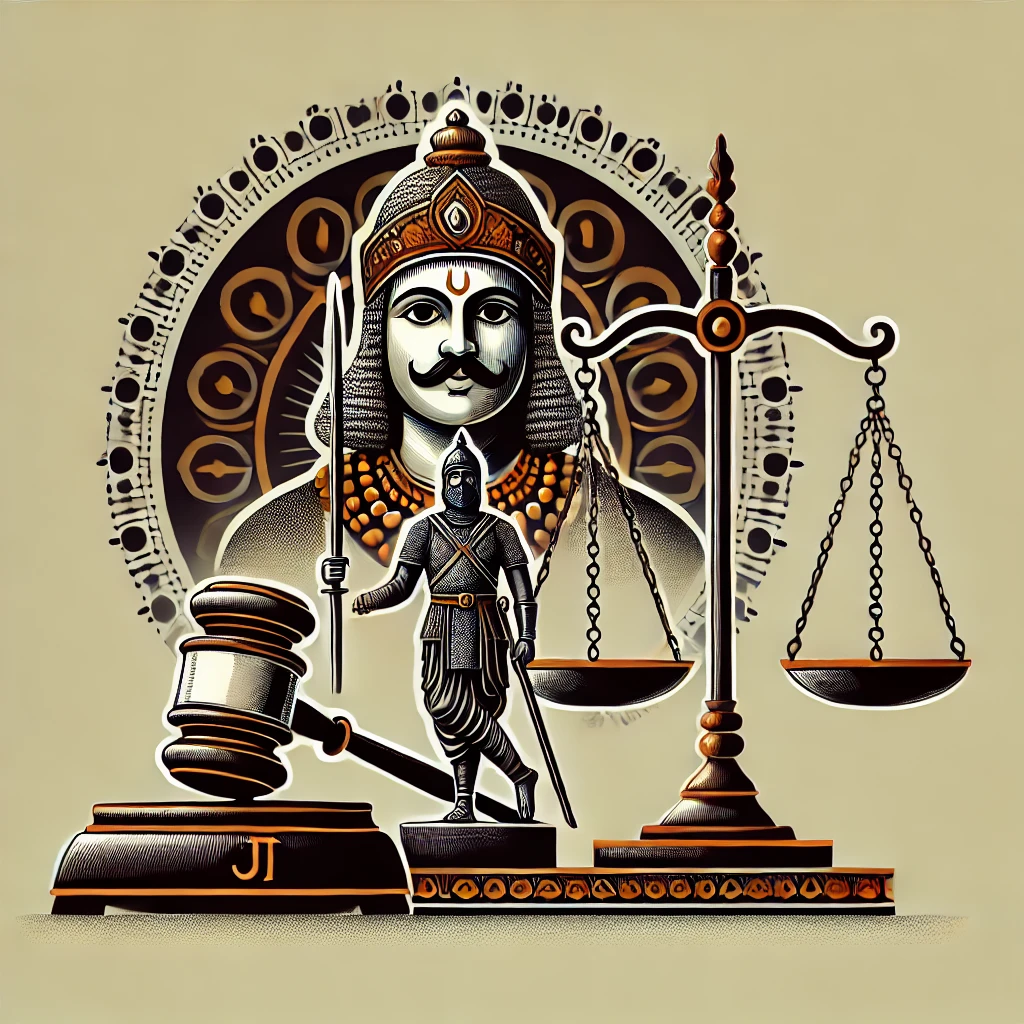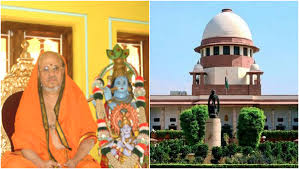Jarnail Singh & Others v. Lachhmi Narain Gupta & Others
- ByPravleen Kaur --
- 09 May 2025 --
- 0 Comments
Introduction
The Supreme Court of India delivered a significant judgment in the case of Jarnail Singh & Others v. Lachhmi Narain Gupta & Others, addressing crucial issues related to reservations for Scheduled Castes (SCs) and Scheduled Tribes (STs) in public employment. The case stemmed from two reference orders, one by a two-Judge Bench and another by a three-Judge Bench, which referred the correctness of the decision in M. Nagaraj v. Union of India to a Constitution Bench. (Paragraph 1)
Key Issues The controversy revolved around the interpretation of certain Articles of the Constitution of India related to reservation in public employment for SCs and STs. (Paragraph 2) The primary points of contention were:
1. The interpretation of the M. Nagaraj judgment and its potential conflict with the Indra Sawhney (1) case and Articles 341 and 342 of the Constitution. (Paragraph 3)
2. The application of the "creamy layer" principle to SCs and STs and its relationship with Articles 14 and 16 of the Constitution. (Paragraph 4)
3. The requirement for quantifiable data to demonstrate the backwardness of SCs and STs, as stated in the M. Nagaraj judgment. (Paragraph 5)
Revisiting the M. Nagaraj Judgment
The Court carefully considered the guidelines set out in the Keshav Mills case for revising earlier decisions, taking into account the impact on the general administration of law and public good. (Paragraph 6)
Principles from Indra Sawhney (1) Case
The Court extensively discussed the principles laid down in the landmark Indra Sawhney (1) case, which dealt with the Mandal Commission Report and the reservation of civil service vacancies for socially and economically backward classes. (Paragraph 7)
1. The "creamy layer" principle was applied by eight out of nine judges as part of the larger equality principle. (Paragraph 8)
2. The judgments emphasized the relevance of caste and stated that a member of a backward class reaching an "advanced social level" would no longer belong to that class. (Paragraph 14)
3. The imposition of an income limit to exclude those above it from the backward class was deemed permissible. (Paragraph 16)
4. The "creamy layer" of the backward classes should be excluded from reservations based on social advancement rather than just economic status. (Paragraph 17)
5. Social advancement was judged by the capacity to compete with forward castes, and once members of the backward class reached that level, they were no longer entitled to be called part of the backward class. (Paragraph 18)
6. Once members of a backward class achieved financial stability, they should no longer receive reservation benefits. (Paragraph 19)
7. An economic ceiling should be implemented to identify and exclude the affluent sections of the backward classes. (Paragraph 20)
8. Individuals with social status or economic affluence cannot claim reservation benefits. (Paragraph 21)
Chinnaiah Case
The Court also discussed the Chinnaiah case, which dealt with a different issue from M. Nagaraj. Chinnaiah upheld the validity of the Andhra Pradesh Scheduled Castes (Rationalisation of Reservations) Act, 2000, and rejected the subdivision of SCs into groups. (Paragraph 9) The Court emphasized the need for a uniform yardstick for providing benefits to members of SCs in accordance with the Constitution. (Paragraph 40)
Creamy Layer Principle and SCs/STs
The Court held that the creamy layer principle does not affect the Presidential List of SCs and STs. (Paragraph 15) The application of the creamy layer principle to SCs and STs does not change the Presidential List but only excludes those who are no longer considered untouchable or backward. (Paragraph 15) Parliament has the power to exclude the creamy layer from the Presidential Lists under Articles 341 and 342, and Constitutional Courts can also apply the principle of reservation to exclude the creamy layer based on the principles of equality under Articles 14 and 16 of the Constitution. (Paragraph 16)
Quantifiable Data on Backwardness
The Court held that the conclusion in the M. Nagaraj judgment, which required the State to collect quantifiable data showing the backwardness of SCs and STs, is invalid. (Paragraph 21) This requirement was found to be contrary to the nineJudge Bench decision in Indra Sawhney. (Paragraph 14)
Reservation and Adequate Representation
The Court acknowledged that the determination of adequate representation of SCs and STs in promotional posts under Article 16(4-A) should be left to the States, as higher-level posts may require a reduction in the number of SCs and STs for the sake of administrative efficiency. (Paragraph 20)
Conclusion
The Supreme Court clarified that the M. Nagaraj judgment does not need to be referred to a sevenJudge Bench, but the conclusion regarding the requirement for quantifiable data on the backwardness of SCs and STs is held to be invalid. (Paragraph 21) The Court also provided guidance on the application of the creamy layer principle and the relationship between Articles 14, 16, 341, and 342 of the Constitution in the context of reservations for SCs and STs.






























0 comments